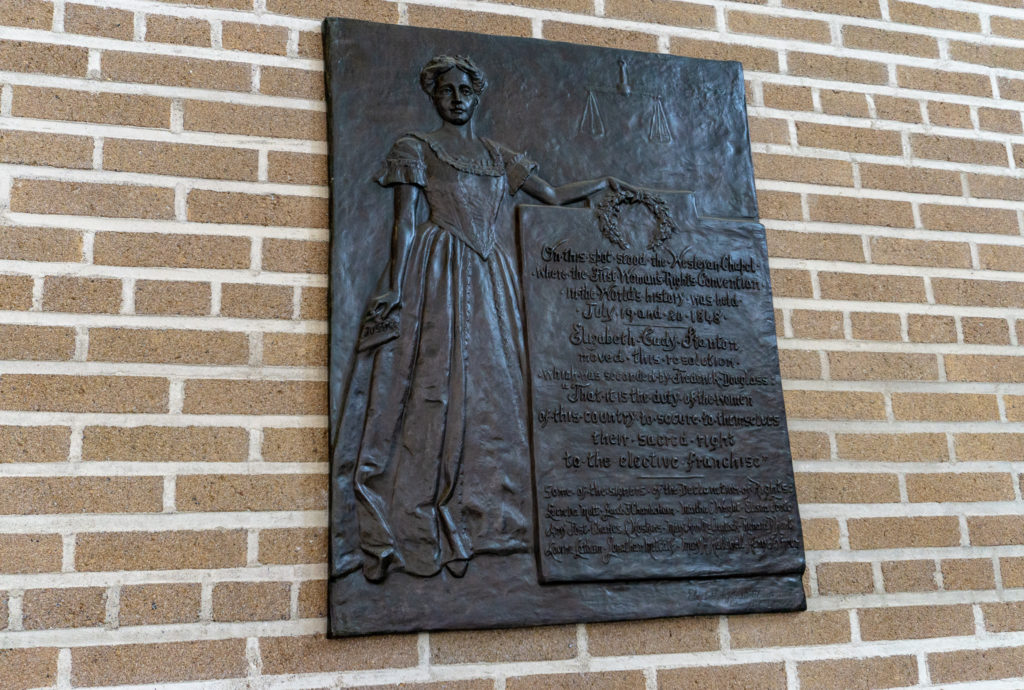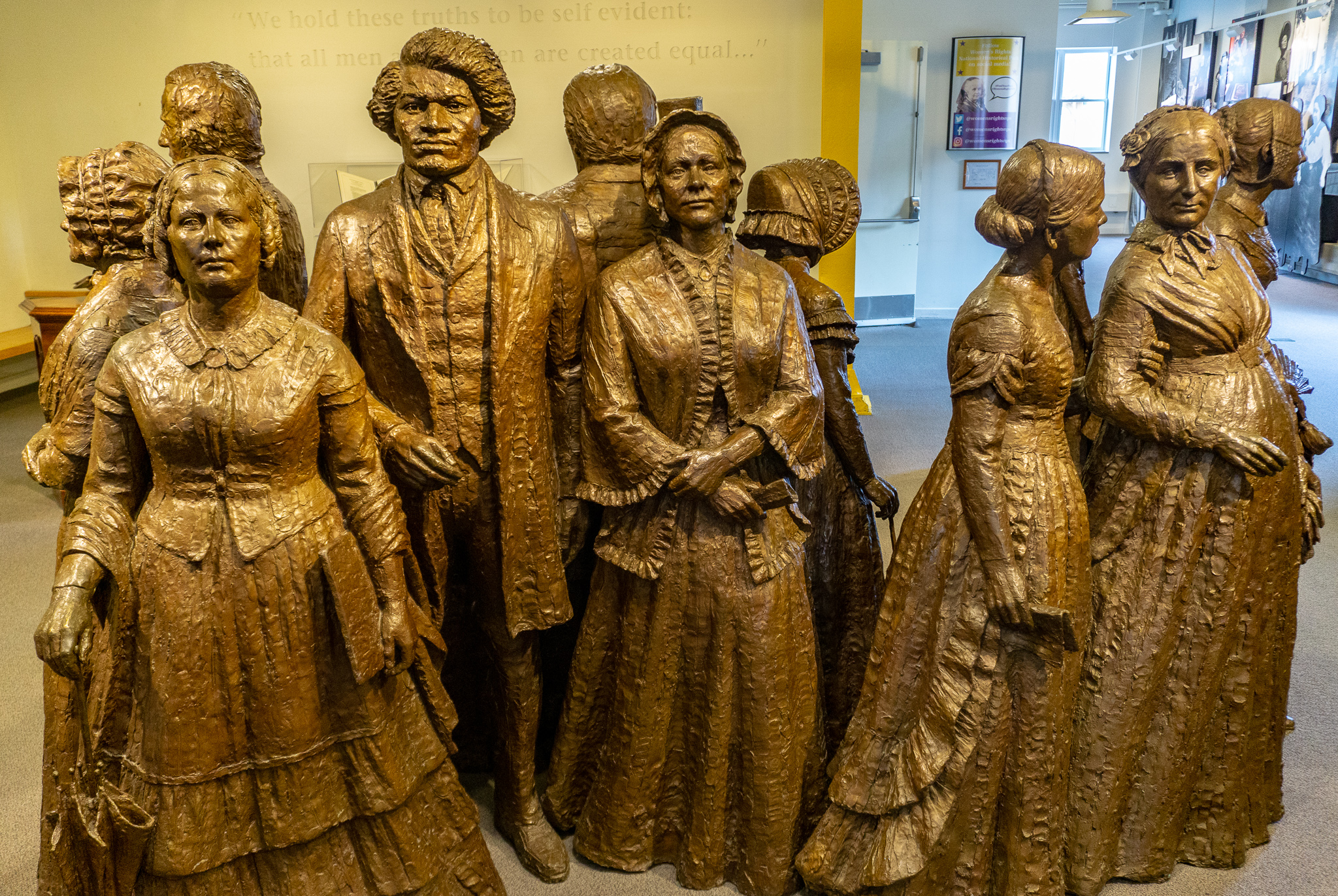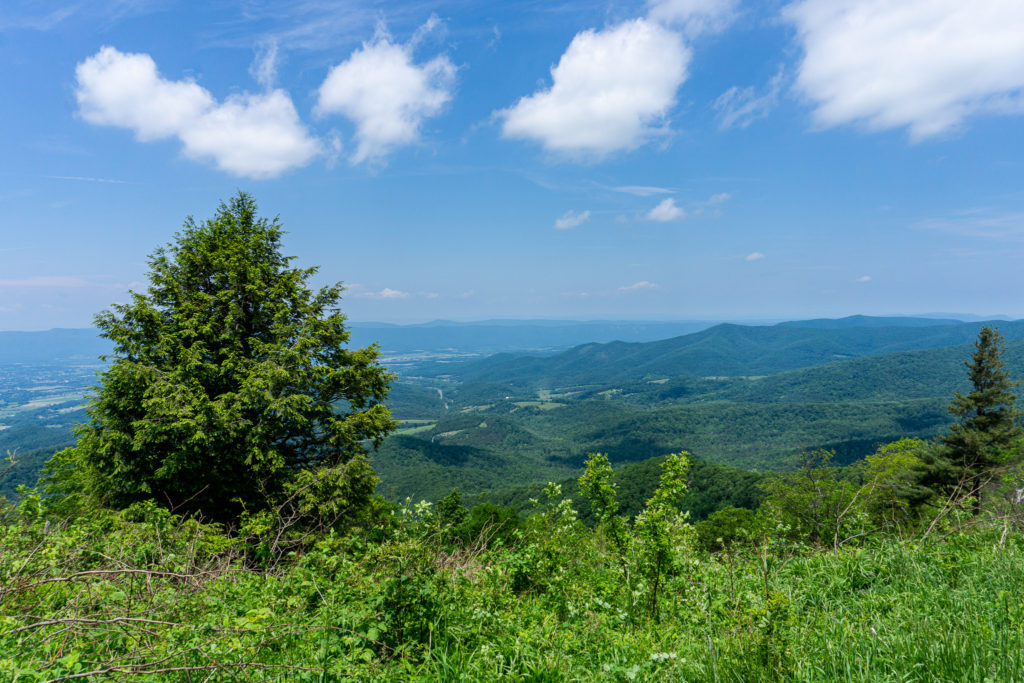
Womens Rights

Womens Rights, NY
Established in 1980, the Women’s Rights National Historical Park consists of several historic buildings and properties directly related to the Women’s Rights Movement, centered around Seneca Falls and Waterloo, New York from the mid 19th century. The reasoning behind the creation of the Women’s Rights National Historical Park was to “preserve and interpret for the education, inspiration and benefit of present and future generations, the nationally significant historical and cultural sites and structures associated with the struggle for equal rights for women and to cooperate with State and local entities to preserve the character and historic setting of such sites and structures.” The Women’s Rights National Historical Park is one of the National Park Service Sites in New York.
Table of Contents
History of Women’s Rights National Historical Park
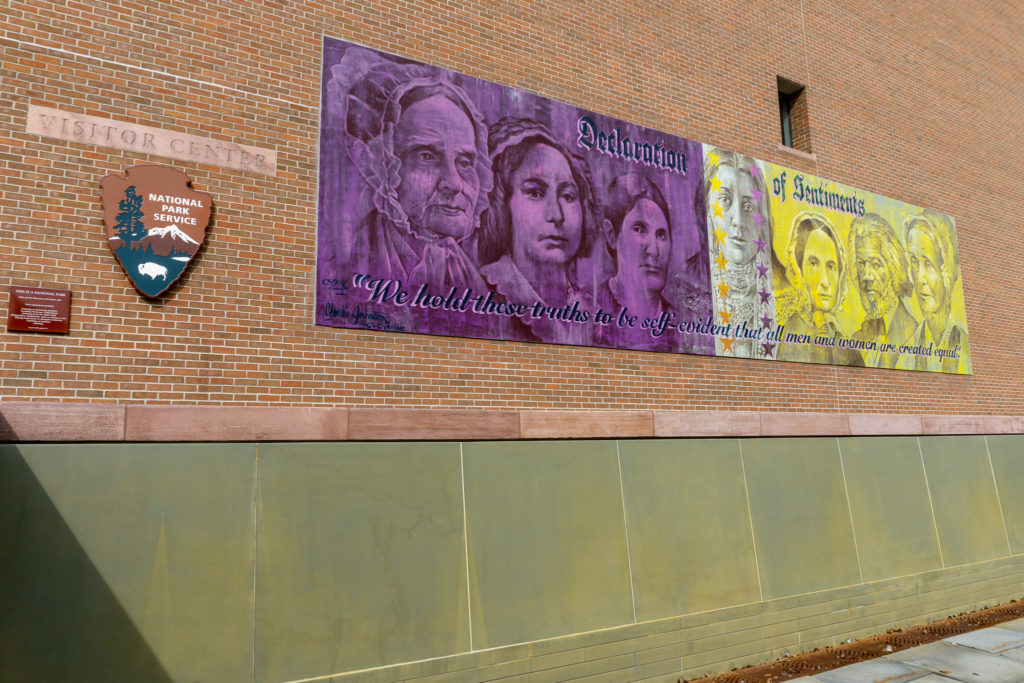
Over the course of two days in July of 1848, the most historically significant event of the Women’s Rights Movement thus far took place. The Seneca Falls Convention was where 300 people were witness to the signing of the Declaration of Sentiments, a document that would lay the foundation for the Women’s Rights Movement. This convention would be the first of many conventions, rallies and political gatherings for women’s rights held around the world. The Seneca Falls Convention would be the spark to light the fire of the revolution – a revolution that would fight to end the unfair treatment and injustices that women face everywhere.
The Women’s Rights National Historical Park became an official unit of the U.S. National Park Service in 1980, joining many other famous and historic sites in New York State, such as the Statue of Liberty National Monument.
Components of Women’s Rights National Historical Park
In addition to the National Park Service Visitor Center, Women’s Rights National Historical Park is comprised of four primary historical properties. These buildings consist of the site of the Seneca Falls Convention, as well as the former homes of some of the early women’s rights activists. All four buildings are included on the U.S. National Register of Historic Places. The properties are located in the New York towns of Seneca Falls and Waterloo.
Women’s Rights National Historical Park Visitor Center

As with most U.S. National Park Service Sites, the first stop for the majority of visitors will be the visitor center. The Women’s Rights National Historical Park Visitor Center contains wonderful displays on the history and struggle that women face, on not only a global scale, but also on a personal level. The visitor center does a tremendous job of portraying all facets of the movement for women’s rights.
The centerpiece of the visitor center is “The First Wave” – 20 life-size bronze statues that stand near the entrance of the building. This work of art features famous faces such as Elizabeth Cady Stanton, Lucretia Mott, Frederick Douglas and others who were in attendance at the Seneca Falls Convention in July of 1848.
Wesleyan Methodist Church
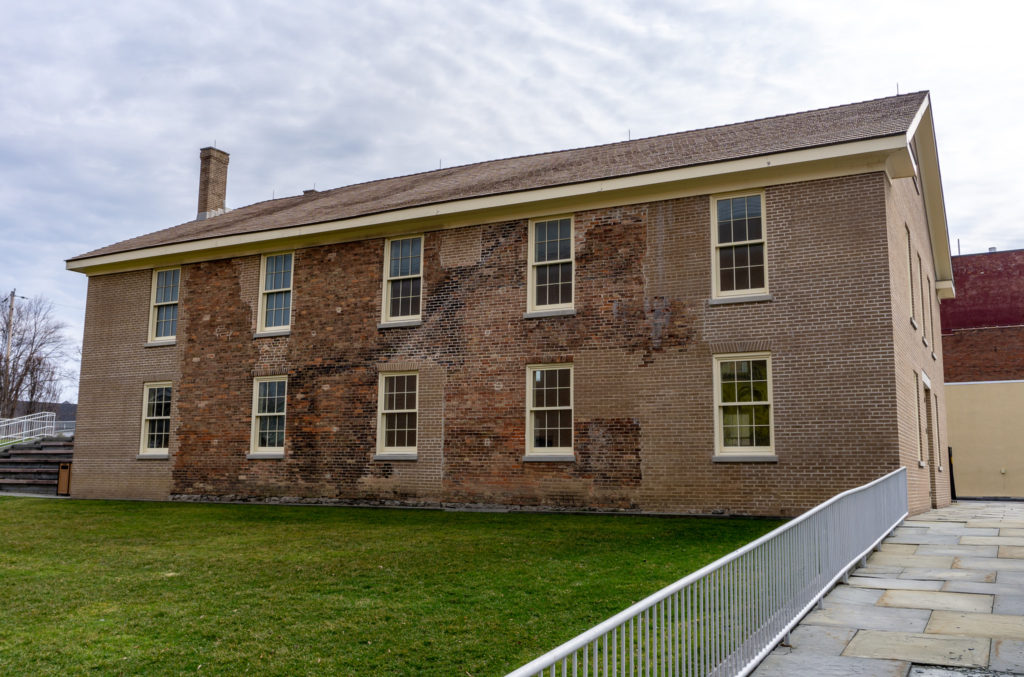
Perhaps the most important component of the Women’s Rights National Historical Park is the site of the world’s very first women’s rights convention – the Wesleyan Methodist Church. Organized by Elizabeth Cady Stanton, Lucretia Mott and local female quakers, the Seneca Falls Convention comprised of six sessions spread out over two days. Issues such as the right for women to vote and the role of women in society were debated and discussed by the 300 attendees, both women and men. The Declaration of Sentiments was presented within this church and signed by exactly 100 attendees of the convention. The Seneca Falls Convention would inspire (and soon be followed by) other conventions for women’s rights around the state of New York and around the country.

Constructed in 1843, the Wesleyan Methodist Church is located in Seneca Falls, New York. Three of the church’s walls are original, with the interior being largely restored. The church was a local hotspot for gatherings to discuss social issues of the current time period, such as anti-slavery and free speech, in addition to women’s rights. The Wesleyan Methodist Church was purchased by the National Park Service in 1985 and restorations would begin soon after.
The Wesleyan Methodist Church is located adjacent to the Women’s Rights National Historical Park Visitor Center.
Elizabeth Cady Stanton House

Also found in Seneca Falls, New York, the Elizabeth Cady Stanton House was nicknamed by its owner the “Center of the Rebellion”. This home was owned and inhabited by women’s rights activist and suffragist Elizabeth Cady Stanton and her family from 1847 to 1862. It was within this house where Stanton would strategize and organize for various events and issues related to the women’s rights movement. Elizabeth Cady Stanton opened her home to all who advocated for equal rights for women, and those she viewed as allies to her cause.

The house in Seneca Falls that Elizabeth Cady Stanton called home was built in 1846. Today, the Elizabeth Cady Stanton House operates as a museum and stands as a testament to her life’s work to see both fair treatment and equal rights for women. The house has been altered throughout the years since it was owned by Stanton, and none of the furniture or objects seen there today were owned by the suffragist.
M’Clintock House
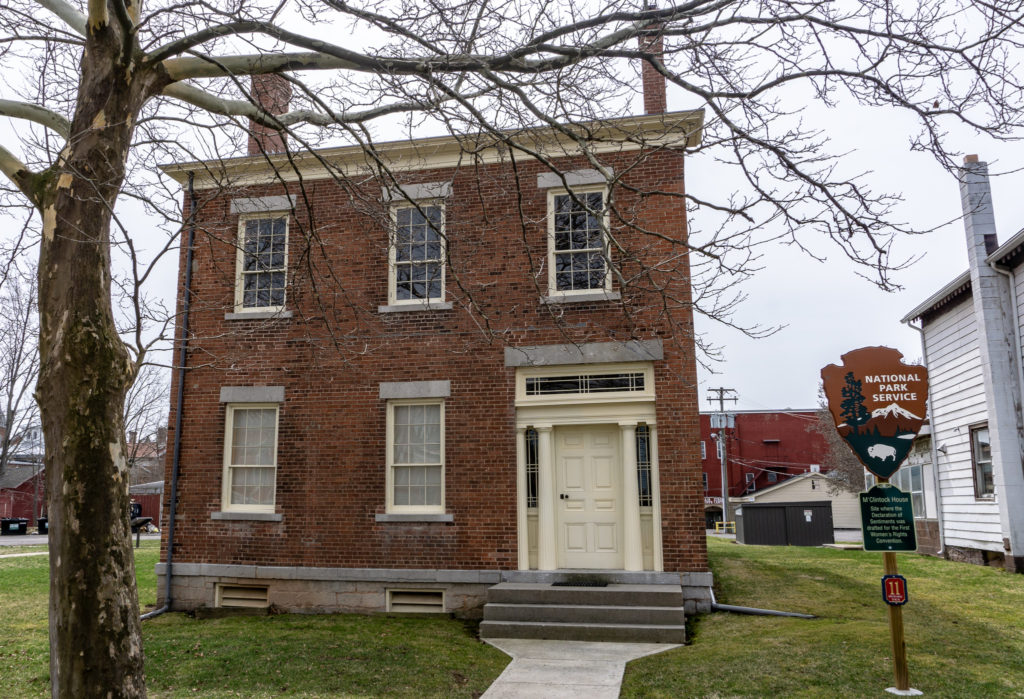
Built by Richard Hunt in 1836, the M’Clintock House in Waterloo, New York played a vital role in the organization of the First Women’s Rights Convention. Owned by Quakers Thomas and Mary Ann M’Clintock, this house is where the Declaration of Sentiments was drafted on July 16, 1848. Other various speeches and documents were also prepared for the Seneca Falls Convention within this mid 19th-century home.
In addition to the M’Clintock House being a significant historical site for the Women’s Rights Movement, the house also operated as a station on the Underground Railroad.
Richard Hunt House
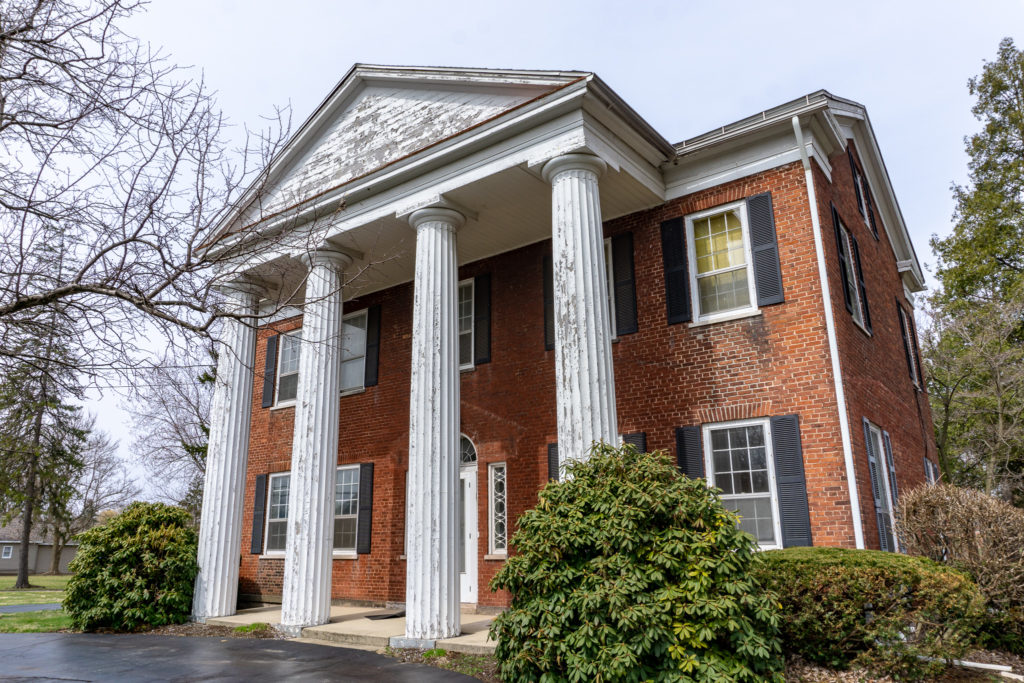
Also built by Richard Hunt, the Richard Hunt House is a historic home located in Waterloo, New York. This house would serve an important role in the Women’s Rights Movement, as Richard Hunt’s wife, Mrs. Jane C. Hunt, would invite several women’s rights activists to her home on July 13, 1848 to plan the First Women’s Rights Convention. These activists were Lucretia Mott, Elizabeth Cady Stanton, Mary Ann M’Clintock and Martha Coffin Wright.
Visiting Women’s Rights National Historical Park
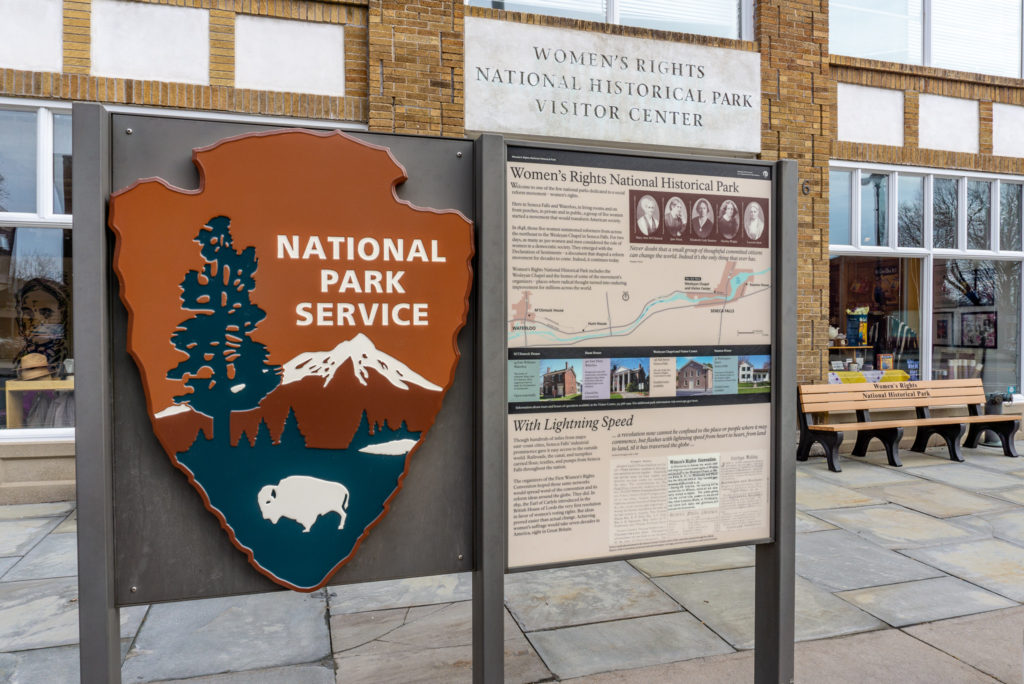
The Women’s Rights National Historical Park is conveniently located near the New York State Thruway (I-90). Therefore, it makes the most sense to travel this route when visiting from the east or west. The four properties comprised within the Women’s Rights National Historical Park are split between the New York towns of Seneca Falls and Waterloo. However, the four sites and the visitor center can all be easily visited in a single day, especially if traveling by car.
The Women’s Rights National Historical Park Visitor Center is located directly next to the restored Wesleyan Methodist Church on Fall Street in Seneca Falls. The visitor center building is open from 9:00 AM to 5:00 PM year round and is closed on Mondays and Tuesdays.

The site of the First Women’s Rights Convention, the Wesleyan Methodist Church, operates under a similar schedule – open 9:00 AM to 4:30 PM and is also closed on Mondays and Tuesdays. No tour or guide is required to visit or enter the Wesleyan Methodist Church.

The Elizabeth Cady Stanton House, located on 32 Washington Street in Seneca Falls is only accessible via tour. The tour schedule is limited – Saturdays and Sundays at 11:00 AM and 3:30 PM, with the guided tour lasting roughly an hour with knowledgeable National Park Service Ranger. The Elizabeth Cady Stanton House is closed during the winter months.
Three miles to the west of Seneca Falls, NY is the town of Waterloo, where visitors can find the other two properties within the Women’s Rights National Historical Park. The M’Clintock House is located at 14 Williams Street, accessible by guided tour only during the summer months. Found at 401 East Main Street, the Richard Hunt House is currently off-limits to visitors and tourists. However, those wishing to see the home can still photograph it from the outside.
Click here to view the official National Park Service page for the Women’s Rights National Historical Park.
